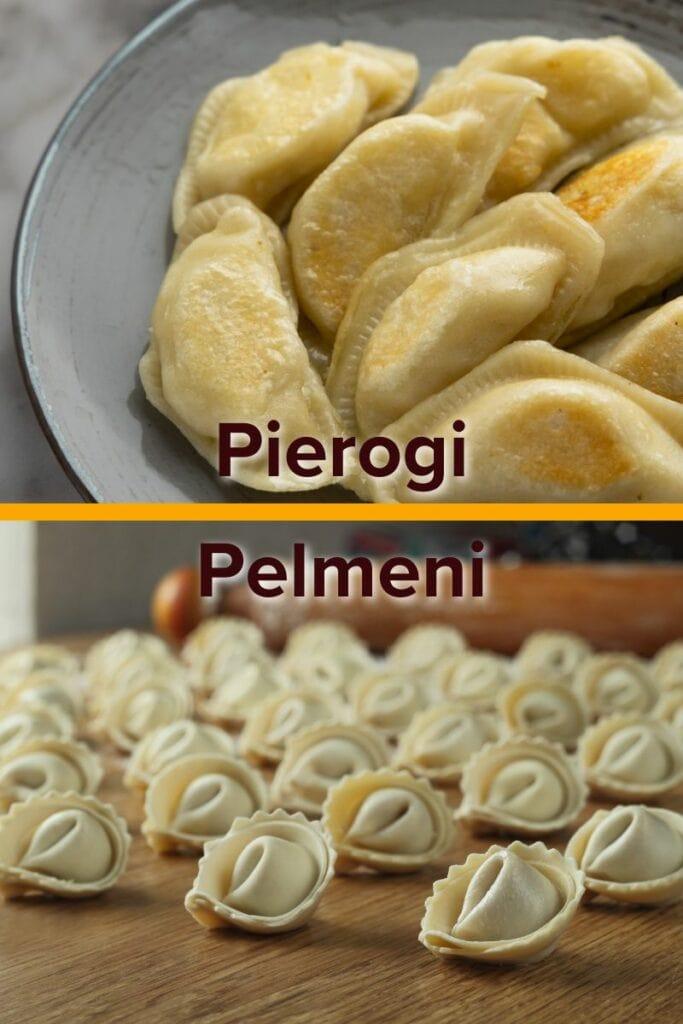A Culinary Journey: Exploring the Delightful World of Russian Pelmeni and Pierogi
Rosalia Mamhlakoana Moliko![]() Invalid date
4 minutes, 35 seconds
Invalid date
4 minutes, 35 seconds
569 views 3 Likes
Introduction: Culinary traditions have an incredible ability to transport us to different corners of the world, allowing us to savor the unique flavors and stories that each culture brings to the table. In this gastronomic adventure, we'll be exploring the delectable universe of Russian Pelmeni and Polish Pierogi—two iconic dumplings that have captivated the hearts and palates of food enthusiasts worldwide.
The Art of Dumplings: Dumplings, a universal comfort food, take on distinct characteristics in various cultures. In Russia and Poland, Pelmeni and Pierogi, respectively, reign supreme in the realm of dumplings.
Russian Pelmeni: Pelmeni, small, savory pockets of joy, have a history dating back centuries. Traditionally made with a simple dough of flour, water, and sometimes eggs, Pelmeni are filled with a mixture of ground meat, typically a combination of beef and pork. The filling is seasoned with salt, pepper, and perhaps some garlic, creating a robust flavor profile.
The word "pelmeni" is thought to have originated from the Finno-Ugric word "пельнянь," which means "ear bread" due to the dumpling's ear-like shape. These delightful dumplings are often served with a dollop of sour cream or a sprinkle of dill, enhancing the overall taste experience.
Polish Pierogi: On the other side of the dumpling spectrum, we find the beloved Pierogi in Poland. These crescent-shaped dumplings can be filled with a myriad of ingredients, ranging from potatoes and cheese to sauerkraut and mushrooms. Pierogi can be served either boiled or pan-fried, and the choice of toppings varies, with options like butter, onions, or sour cream.
Pierogi play a significant role in Polish culture and are often associated with festive occasions and family gatherings. The versatility of Pierogi allows them to transition effortlessly from savory to sweet, with fruit-filled varieties making an appearance in dessert spreads.
A Culinary Crossroads: Despite their distinct origins, Russian Pelmeni and Polish Pierogi share common ground as dumplings that have become an integral part of their respective culinary landscapes. The preparation process, the joy of shaping the dough, and the anticipation of tasting the final product are universal elements that bind these two culinary traditions together.
Making Pelmeni and Pierogi: A Labor of Love: Crafting these delectable dumplings is not just a culinary task; it's a cultural expression and a labor of love. The process involves mixing, rolling, filling, and shaping the dough, requiring skill and patience. Families often come together to create these dumplings, turning the preparation into a shared experience that transcends generations.
Global Appeal: In recent years, both Pelmeni and Pierogi have gained international popularity, with restaurants around the world featuring these dumplings on their menus. Food enthusiasts have embraced the rich flavors and cultural significance of these dishes, adding them to their list of must-try global delicacies.
Conclusion: Russian Pelmeni and Polish Pierogi, with their distinct flavors and cultural significance, invite us to embark on a culinary journey that transcends borders. Whether enjoyed in the cozy confines of a family kitchen or savored in a bustling restaurant, these dumplings serve as a delicious reminder of the diverse and interconnected world of food. So, the next time you find yourself in the mood for dumplings, consider indulging in the rich heritage of Pelmeni and Pierogi for a taste experience that transcends geographical boundaries.
Image source: https://definitelynotachef.com/pierogi-vs-pelmeni/

